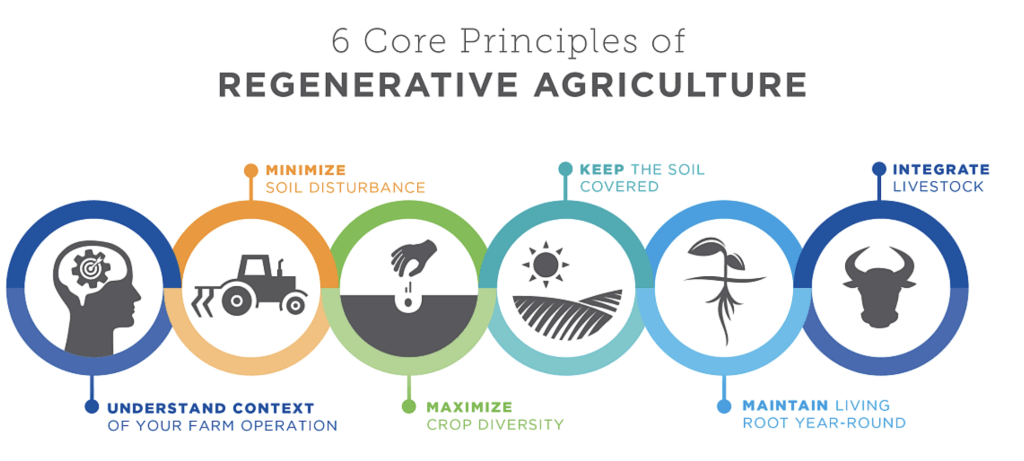Regenerative agriculture has garnered significant attention recently as manufacturers and consumers increasingly recognize its importance. However, the adoption of regenerative practices poses challenges for farmers due to its complexity and costs.
The term ‘regenerative agriculture’ was coined by the Rodale Institute, an organic farming organization, in the 1980s. Since then, it has gained traction among farmers and food manufacturers as a sustainable method crucial for future food security. Yet, many farmers find it daunting to implement these practices, feeling burdened by the transition process.
“At present, farmers feel overwhelmed with the responsibility of transitioning to harmonious practices with nature,” remarked Peter Wortsman, a partner at European Food and Farming Partnerships (EFFP), speaking at IFE in London earlier this year.
In this context, FoodNavigator visited a farm in Hauts-de-France, France, to explore its collaboration with the manufacturing giant Mondelēz International in successfully adopting regenerative agriculture practices.
How are farmers implementing regenerative agricultural practices?
Operated by Emeric Duchesne, the 240-acre Hauts-de-France farm has been supplying wheat to Mondelēz International’s Jussy biscuit factory for years. Duchesne joined Mondelēz’s sustainability program, ‘Harmony’, in 2014, which led to significant changes on his farm.
What is Mondelēz International’s Harmony program?
Established in 2008, Harmony is a sustainability initiative aimed at combating climate change and reversing biodiversity loss in food production. The program has been embraced by over 1,100 farmers and 18 millers across Europe, supported by the Harmony Academy, which provides training for regenerative agricultural practices.
Under Harmony, Duchesne and his team have adopted several sustainable farming techniques. They have implemented crop rotation, incorporating sugar beet, oilseed, barley, peas, and corn alongside wheat. This practice reduces soil erosion, enhances soil fertility, and naturally boosts crop yields while minimizing chemical usage.
The farm also focuses on maintaining soil cover between crops to prevent erosion and retain topsoil nutrients, thereby safeguarding local waterways from contamination.
Furthermore, reducing soil tillage, which can release greenhouse gases and cause erosion, has been a priority.
Biodiversity conservation is another key aspect of the Harmony program, with initiatives like planting hedges to support habitats for animals and bees, crucial for pollination and ecosystem health.
Financial support from Mondelēz, which pays a premium for wheat, enables Duchesne to implement these sometimes costly regenerative practices.
Why is regenerative agriculture important?
Regenerative agriculture plays a critical role in creating a sustainable and resilient food system, addressing climate change, biodiversity loss, and environmental sustainability concerns.
“In light of climate change challenges, it’s crucial to take action now,” emphasizes Duchesne.
Consumers are increasingly interested in sustainability and are willing to pay more to ensure the environmental and social welfare credentials of the products they buy.

COMMENTS